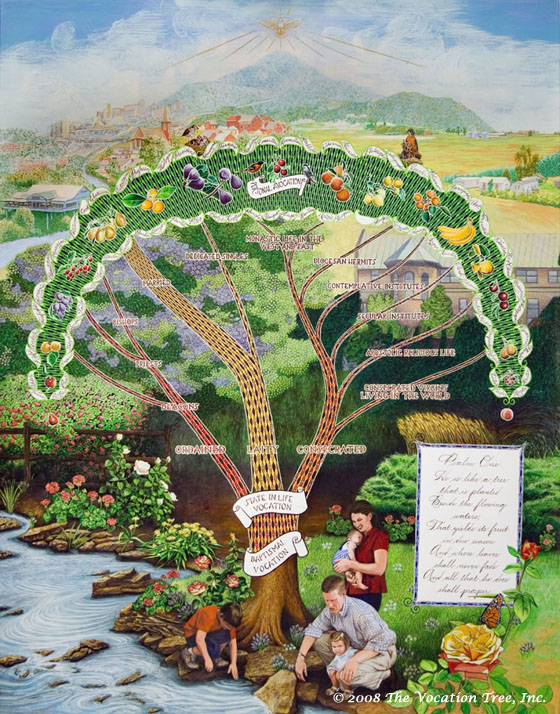I love the pin maps. They are a useful technique for mastering geography without being all boring about it ;)
We have modified this work for our local atrium spaces.
In level 2 and 3, we have the following:
- Cities and Regions (pins: 18 red, 7 white)
- Mountain Peaks (pins: 7 green)
- Mountain Ranges, Desert, Bodies of Water (pins: 4 blue, 6 yellow)
(this is the "old" CGS set up which we have chosen to keep - they've been modified a bit)
In level 2, there is a control map for each map and a corresponding booklet with a page for each pin. We modified the booklets to include EVERY location with a Scripture reference.
We also removed some locations that NO ATLAS or internet search could tell me the proper location for. We ditched those ones.
This way, the child can read the corresponding booklet, see the Scripture reference, locate the city/etc. on the control map and pin the location on the blank map. They also have access to various atlases and a large wall map, but this helps them to focus in.
In level 3, we have all three of the above maps AND we have a wooden blank pin map that contains all of those features on one board. There is only ONE control map to use for all 4 mutes: it has everything on it.
 |
| All features and All Features control - in level 3 |
No booklets. Instead, I hand them a chart of Scripture references - look up the Scripture passages, find the name of a geographical feature - when the chart is complete, I check it for accuracy. When all are accurate, they have earned the privilege to use the pin maps.
At this level, they have to use the atlases in the atrium to find their locations, place it on the blank pin map of their choosing (they can work with any of the 4 wood map options) - then use the control map to check their work. If they get something wrong, they need to go back to the atlas and see what happened - maybe one atlas says one thing and another says something different..... Tricky!
Two level 2 children working with the level 2 versions. The control maps are photocopies of the wood maps, then we used sticky labels for the names, mounted the copies onto tagboard and wrapped in contact paper. You can see the children are on their third map (the other two are finished, in the background).
Yes, they should be working on rugs. We are having a scenario with rugs on this particular day ;)
 |
| up close of the Cities/Regions blank pin map |
.JPG) |
| The level 2 labels in our local atrium These are not very sturdy as the labels like to slide off and the pins bend But they work for getting started! |



